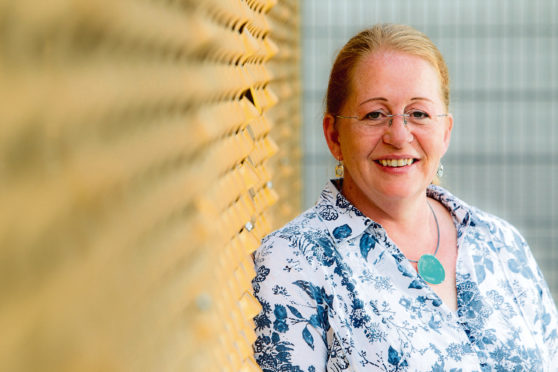
Half of all hospital admissions for the elderly are due to falls, a leading expert has said.
Professor Dawn Skelton said the vast majority of cases were preventable and urged older people to seek simple help that could prevent a lengthy stay in hospital.
It was revealed last week that the number of admissions for geriatric patients in Scotland has risen in each of the past three years, reaching 43,311 last year.
Prof Skelton, of Glasgow Caledonian University, told The Sunday Post that 22,400 of the admissions were due to falls.
She said: “Most falls are preventable and it’s about having strength and balance to correct a trip and being able to get back up if an older person has a fall.
“It can be really simple to address this and we have fantastic falls services in Scotland.
“To help people regain these lost skills can take minutes, so my clear message is that it’s so important for people to seek out help from a falls service.
“These can be accessed via GPs or local health boards and could prevent so many people ending up in hospital just because of a fall.”
Prof Skelton, an expert with Scotland’s Falls and Fracture Prevention Strategy group, said: “Research shows older people admitted in such cases can spend between 10 and 19 days in hospital. They can then get infections or become even more de-conditioned.
“We could achieve such better quality of life for people who really don’t need to be in hospital.”

Enjoy the convenience of having The Sunday Post delivered as a digital ePaper straight to your smartphone, tablet or computer.
Subscribe for only £5.49 a month and enjoy all the benefits of the printed paper as a digital replica.
Subscribe